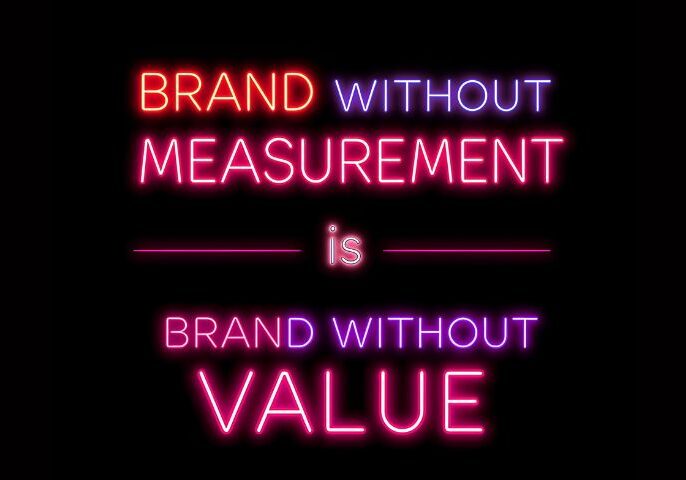The Advocacy-Ready Culture
In the first two parts of this series, we examined advocacy from two key angles: why it is a leadership decision rather than a marketing tactic, and how to nurture individual experts who can influence your market. This final part focuses on the foundation that makes both possible: a culture where employees are proud to speak about their work.
Although tools and software platforms can facilitate employee advocacy rollouts and make implementation more efficient, genuine advocacy cannot be manufactured with technology alone. True advocacy happens when people feel trusted, engaged, and aligned with the organisation’s purpose. Without that cultural foundation, even the most sophisticated platform will struggle to generate authentic engagement.
Why Culture is the True Starting Point
Advocacy is not a behaviour you can bolt on to a disengaged workforce. Gallup’s 2024 State of the Global Workplace shows that only 23% of employees worldwide are engaged, and in the UK, the figure sits in the low 30s. Engagement is not just a nice thing to have: Gallup links it to 21% higher profitability, 17% higher productivity, and significantly lower turnover.
This engagement gap explains why some advocacy programmes thrive whilst others never gain momentum. It’s challenging to encourage people to publicly champion an organisation when they’re not particularly enthusiastic about it privately. When someone feels genuinely valued and connected to their work, sharing positive stories feels natural rather than forced.
The Link Between Employee Experience and Market Perception
Employee experience shapes brand perception in ways that marketing budgets cannot match. The Edelman Trust Barometer has consistently found that employees are more trusted than CEOs, boards, or even journalists when talking about a company’s values and culture.
This trust is why content shared by employees generates exponentially more reach. Vantage Circle’s research found that employee-posted content can achieve 561% more reach than the duplicate content shared by a corporate account. That is not an algorithm trick; it is the credibility that comes from hearing directly from a human being.
For professional services firms, this dynamic is particularly crucial. When clients are choosing between technically competent providers, the authentic voices of your team members can be the differentiating factor that demonstrates not just capability, but culture and values alignment.
What Does an Advocacy-Ready Culture Look Like?
The organisations where advocacy flourishes aren’t necessarily the ones with the slickest internal communications or the most sophisticated employee engagement surveys. They’re the ones where certain behaviours have become unremarkable parts of daily life.
Leadership teams that admit when projects haven’t worked as planned. Internal updates that arrive before external announcements, not after. Team celebrations that feel genuine rather than performative. People are comfortable disagreeing with senior colleagues without career anxiety. Recognition that acknowledges actual contribution rather than just visibility or seniority.
When these become normal rather than noteworthy, employees naturally talk positively about their workplace because the positive conversations are already happening internally. Advocacy becomes an extension of existing enthusiasm rather than a manufactured behaviour.
How Ready Is Your Culture Really?
Most organisations assume they understand their own culture, but advocacy readiness often reveals surprising gaps between perception and reality. If companies are investing in advocacy platforms, while their employees are discovering company news on LinkedIn. They’ve diagnosed the wrong problem.
What reveals the actual state of your advocacy readiness?
Trust and Transparency
- Do employees learn about company news internally before seeing it on social media?
- Are team members comfortable sharing their genuine opinions in meetings?
- Does leadership communicate openly about both successes and challenges?
Engagement and Alignment
- Can most employees clearly articulate your organisation’s purpose and their role in achieving it?
- Do people volunteer for projects and initiatives beyond their job descriptions?
- Are employee retention rates healthy, particularly among high performers?
Psychological Safety
- Do team members feel comfortable suggesting improvements or raising concerns?
- Are mistakes treated as learning opportunities rather than blame exercises?
- Is diverse thinking welcomed and acted upon?
If these areas reveal gaps, addressing them becomes the priority before launching advocacy initiatives.
Removing the Barriers to Advocacy
In some companies, the culture unintentionally suppresses advocacy. Strict approval processes, overly scripted messaging, or an unspoken sense that public posting is risky all discourage participation. Others undermine it with inconsistent internal communication – if employees hear news about their own company on LinkedIn before they hear it internally, trust erodes.
Addressing these barriers requires leadership attention to both formal policies and informal signals. Clear, supportive guidelines and timely internal updates give people the confidence to speak authentically.
The Cultural Dividend
An advocacy-ready culture does more than amplify marketing reach. It improves recruitment by turning employees into authentic talent magnets. It strengthens client relationships by showing the people behind the brand. And it builds resilience, because even during difficult periods, employees who feel engaged are more likely to defend and support the company publicly.
For third sector organisations, this cultural foundation becomes even more critical. When your mission depends on community trust and stakeholder support, having team members who naturally champion your cause creates authenticity that no marketing campaign can replicate.
Building Sustainable Advocacy Systems
When you combine this cultural foundation with the leadership approach of Part One and the individual development strategies of Part Two, you create a self-sustaining advocacy ecosystem. People want to share, they know how to share, and the market trusts what they say. That is when employee advocacy moves from being a marketing activity to being a competitive advantage.
The most successful advocacy programmes we see don’t start with technology or content calendars; they begin with honest cultural diagnosis. Understanding what motivates your team, what barriers exist to authentic communication, and how your internal culture translates to external perception.
Ready to discover what your organisation needs to build genuine advocacy? Let’s start with an honest conversation about your cultural foundation and how it supports your mission. Because sustainable advocacy isn’t about better tools, it’s about better culture.






